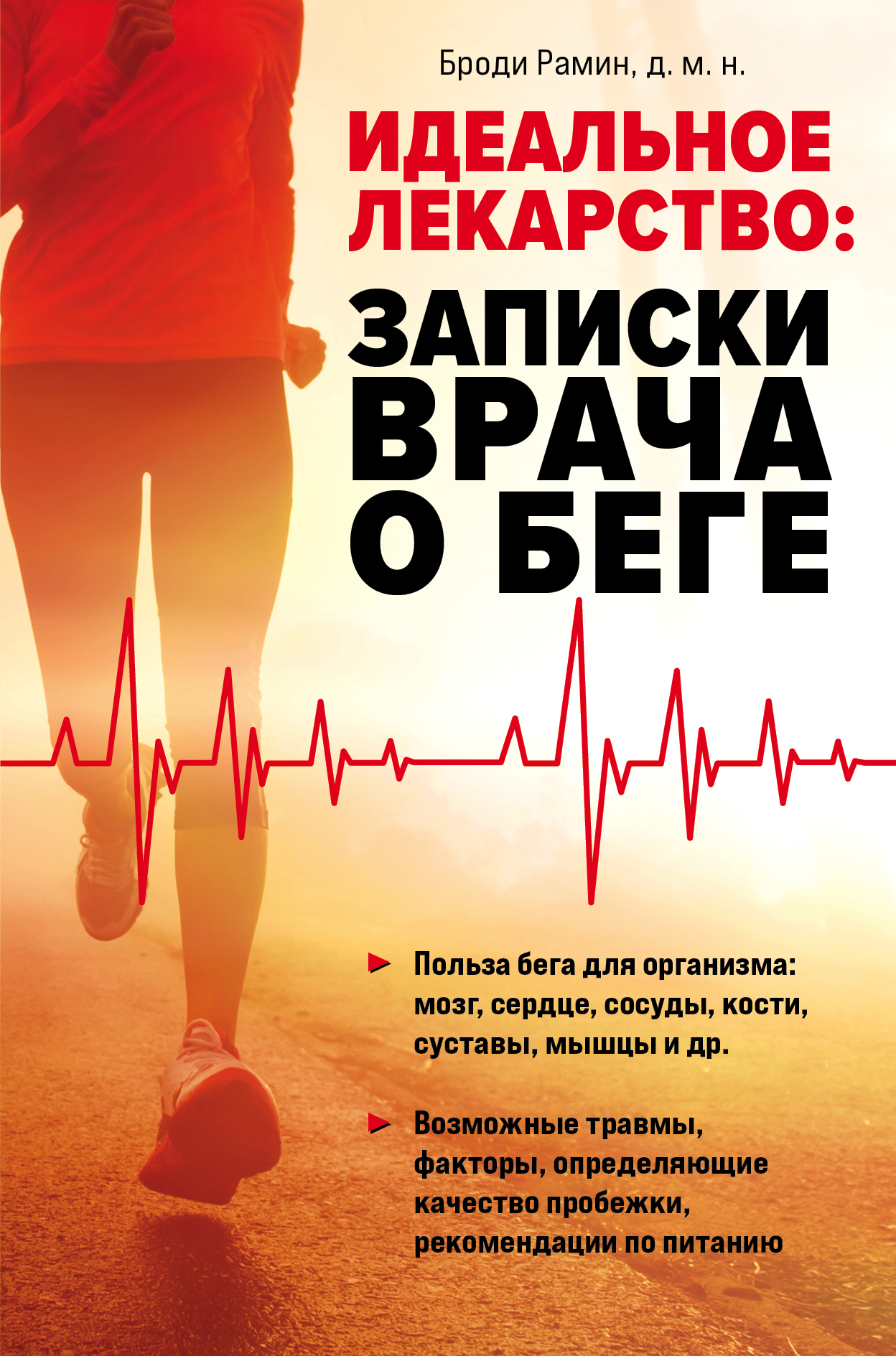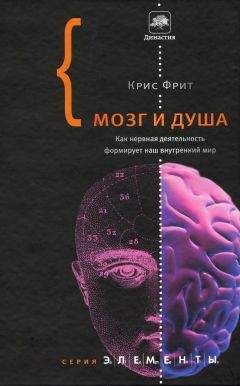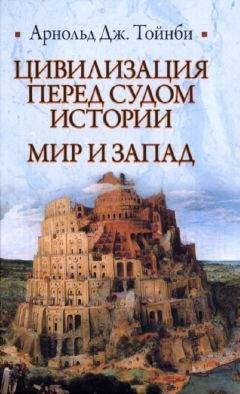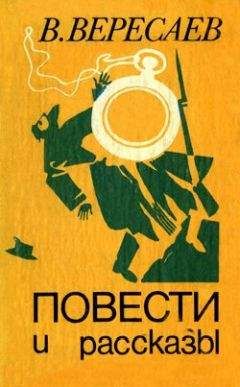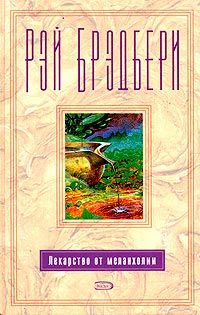L. Gerdeman. “Exercise-Induced Endocannabinoid Signaling Is Modulated by Intensity.” European Journal of Applied Physiology 113, no. 4 (April 2013): 869–75.
Rawson, R. A., Joy Chudzynski, Rachel Gonzales, Larissa Mooney, Daniel Dickerson, Alfonso Ang, Brett Dolezal, and Christopher B. Cooper. “The Impact of Exercise on Depression and Anxiety Symptoms Among Abstinent Methamphetamine-Dependent Individuals in A Residential Treatment Setting.” Journal of Substance Abuse Treatment 57 (October 2015): 36–40.
Redelmeier, D., and J. A. Greenwald. “Competing Risks of Mortality with Marathons: Retrospective Analysis.” British Medical Journal 335 (2007): 1275.
Reynolds, Gretchen. The First 20 Minutes: Surprising Science Reveals How We Can Exercise Better, Train Smarter, Live Longer. New York: Plume, 2013.
Robson, D. “A Brief History of the Brain.” New Scientist (September 21, 2011). newscientist.com/article/mg21128311-800-a-brief-history-of-the-brain/.
Rodriguez, N. R., N. M. Di Marco, S. Langley, American Dietetic Association, Dietitians of Canada, American College of Sports Medicine. “Position of the American Dietetic Association, Dietitians of Canada, and the American College of Sports Medicine: Nutrition and Athletic Performance.” Medicine & Science in Sports & Exercise 41, no. 3 (2009): 709.
Rowe, G. C., Adeel Safdar, Zolt Arany. “Running Forward: New Frontiers in Endurance Exercise Biology.” Circulation 129, no. 7 (February 18, 2014): 798–810.
Sands, R. R. “Homo Cursor: Running into the Pleistocene.” In Anthropology of Sport and Human Movement: A Biocultural Perspective, edited by Robert R. Sands and Linda R. Sands. Washington, D.C.: Lexington Books, 2012.
Schnohr, P., J. H. O’Keefe, J. L. Marott, P. Lange, and G. B. Jensen. “Dose of Jogging and Long-Term Mortality: The Copenhagen City Heart Study.” Journal of the American College of Cardiology 65, no. 5 (February 10, 2015): 411–19.
Schoenfeld, T. J., Pedro Rada, Pedro R. Pieruzzini, Brian Hsueh, and Elizabeth Gould. “Physical Exercise Prevents Stress-Induced Activation of Granule Neurons and Enhances Local Inhibitory Mechanisms in the Dentate Gyrus.” Journal of Neuroscience 33, no. 18 (May 1, 2013): 7770–77.
Schuch, F., D. Vancampfort, X. Sui, S. Rosenbaum, J. Firth, J. Richards, P. Ward, B. Stubbs. “Are Lower Levels of Cardiorespiratory Fitness Associated with Incident Depression? A Systematic Review of Prospective Cohort Studies.” Preventive Medicine 93 (2016): 159–65.
Siddique, Haroon. “WHO’s Recommended Level of Exercise Too Low to Beat Disease – Study.” Guardian, August 9, 2016. theguardian.com/science/2016/aug/09/whos-recommended-level-exercise-too-low-beat-disease-study.
Sleiman, S., Jeffrey Henry, Rami Al-Haddad, Lauretta El Hayek, Edwina Abou Haidar, Thomas Stringer, Devyani Ulja, Saravanan S. Karuppagounder, Edward B. Holson, Rajiv R. Ratan, Ipe Ninan, and Moses V. Chao. “Exercise Promotes the Expression of Brain Derived Neurotrophic Factor (BDNF) Through the Action of the Ketone Body β-Hydroxybutyrate.” eLife (2016). doi: 10.7554/eLife.15092.
Steves, Claire J., Mitul M. Mehta, Stephen H.D. Jackson, and Tim D. Spector. “Kicking Back Cognitive Ageing: Leg Power Predicts Cognitive Ageing After Ten Years in Older Female Twins.” Gerontology 62, no. 2 (2016): 138–49. Epub November 10, 2015.
Systrom, D., and G. Lewis. “Exercise Physiology.” UTDOL 2014. Accessed June 8, 2016.
Tam, E., Huber Rossi, Christian Moia, Claudio Berardelli, Gabriele Rosa, Carlo Capelli, and Guido Ferretti. “Energetics of Running in Top-Level Marathon Runners from Kenya.” European Journal of Applied Physiology 112 (2012): 3797–806.
Tattersall, I. Masters of the Planet: The Search for Our Human Origins. New York: Palgrave Macmillan, 2012.
Trivedi, M. H., Tracy L. Greer, Chad D. Rethorst, Thomas Carmody, Bruce D. Grannemann, Robrina Walker, Diane Warden, Kathy Shores-Wilson, Mark Stoutenberg, Neal Oden, Meredith Silverstein, Candace Hodgkins, Lee Love, Cindy Seamans, Angela Stotts, Trey Causey, Regina P. Szucs-Reed, Paul Rinaldi, Hugh Myrick, Michele Straus, David Liu, Robert Lindblad, Timothy Church, Steven N. Blair, and Edward V. Nunes. “Randomized Controlled Trial Comparing Exercise to Health Education for Stimulant Use Disorder: Results From the CTN-0037 Stimulant Reduction Intervention Using Dosed Exercise (STRIDE) Study.” Journal of Clinical Psychiatry 78, no. 8 (2017): 1075–82.
Tuttle, Howard Russell. “Human Evolution.” Encyclopedia Britannica. Posted February 3, 2020. britannica.com/science/human-evolution.
van der Wall, E. E. “Long-Distance Running: Running for a Long Life?” Netherlands Heart Journal 22, no. 3 (March 2014): 89–90.
van Mechelen, W., H. Hlobil, H. C. Kemper, W. J. Voorn, and H. R. de Jongh. “Prevention of Running Injuries by Warm-up, Cool-down, and Stretching Exercises.” American Journal of Sports Medicine 21, no. 5 (1993): 71.
Volkow, Nora. “Running Helps Me Cope with Stress.” Posted March 19, 2012. YouTube video, 2:05, youtube.com/watch?v=BYGX_0mUEKY.
Wallace, I. J. “Knee Osteoarthritis Has Doubled in Prevalence Since the Mid-20th Century.” Proceedings of the National Academy of Sciences 114, no. 35 (August 29, 2017): 9332–36.
Wang, D. Wang, Yanqiu, Wang, Yingying, Li, Rena, and Zhou, Chenglin. Impact of Physical Exercise on Substance Use Disorders: A Meta-Analysis. PLoS One 9, no. 10 (2014): e110728.
Williams, P. T. Reduction in Incident Stroke Risk with Vigorous Physical Activity. Evidence from 7.7-Year Follow-up of the National Runners’ Health Study. Stroke 40, no. 5 (May 2009): 1921–23.
Wilson, E. O. Consilience: The Unity of Knowledge. New York: Vintage, 1998.
